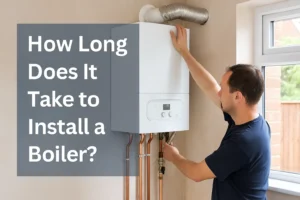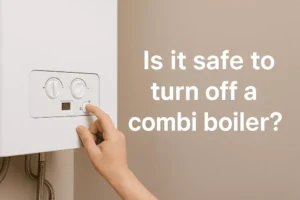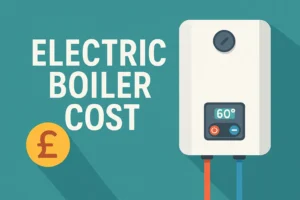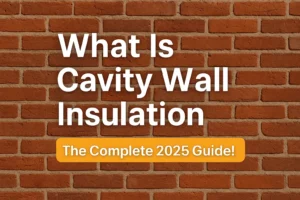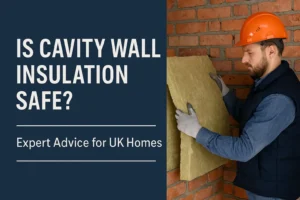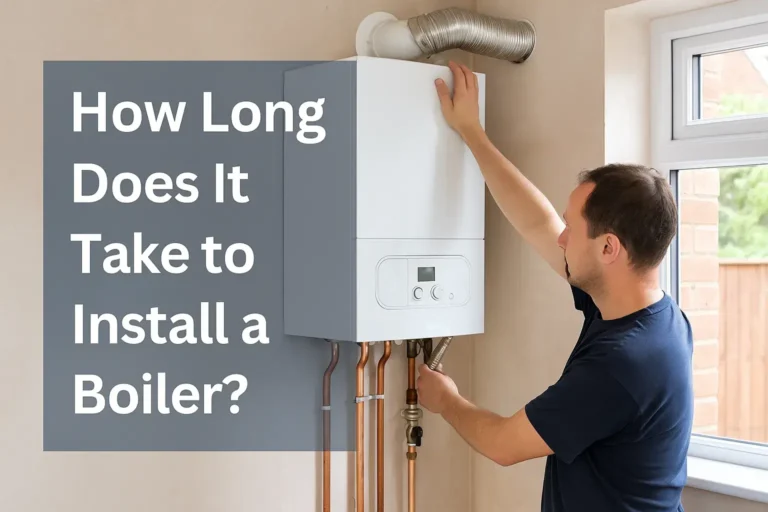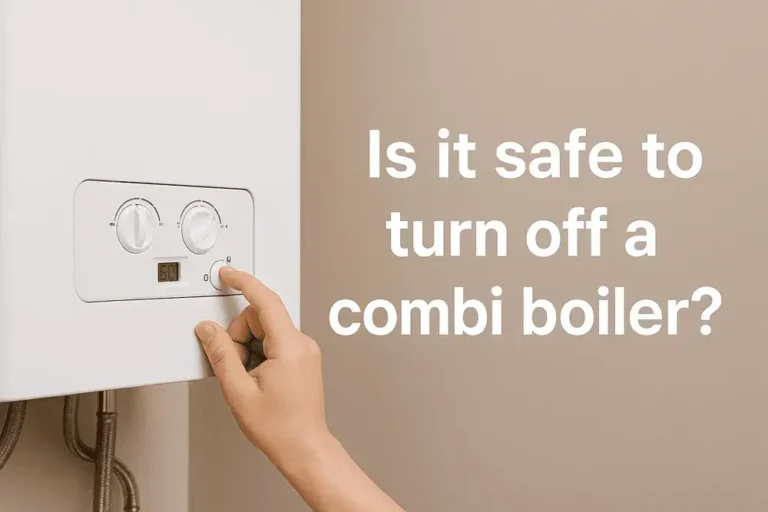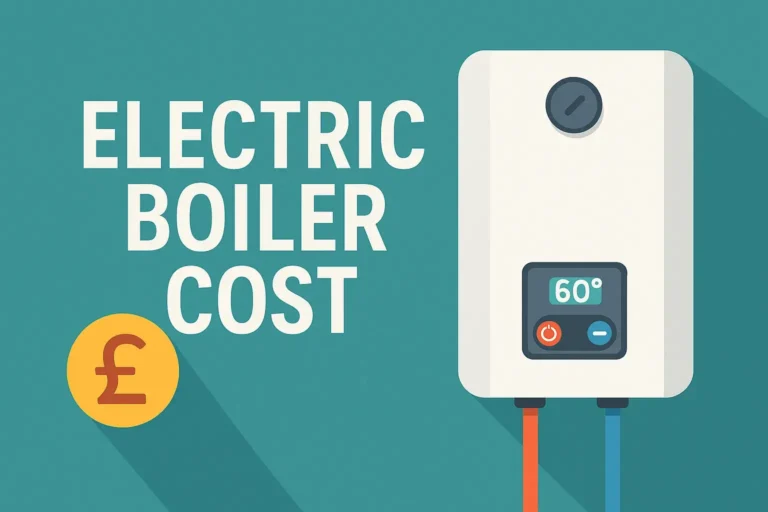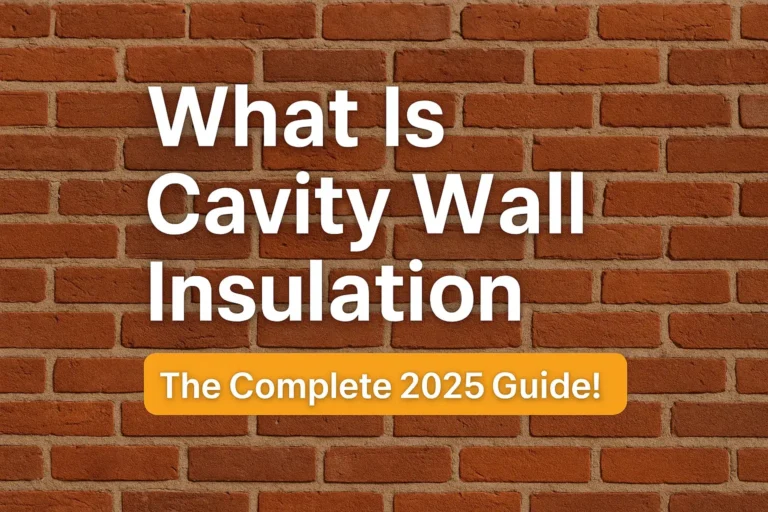Cavity wall insulation can significantly improve your home’s comfort, lower your heating bills, and reduce your carbon footprint. But what if you’re unsure whether your home already has it installed?
Table of Contents
ToggleIn this detailed guide, we explain how to identify if your property has cavity wall insulation, how to check if it’s still working properly, and what to do if it isn’t including how to access free insulation through government schemes.
🧱 What Are Cavity Walls And Why Does It Matter?
Before checking for insulation, it’s important to understand the difference between cavity walls and solid walls.
- Cavity walls are made of two layers of brick or block with a small air gap (the cavity) between them. This gap can be filled with insulation to reduce heat loss.
- Solid walls, common in homes built before the 1920s, are made of a single solid brick layer and typically require a different approach to insulation (e.g. internal or external wall insulation).
Cavity wall insulation is one of the most cost-effective measures to improve energy efficiency. According to the Energy Saving Trust, insulating cavity walls can save up to £400 per year on energy bills for a detached home.
If you want to learn more about how this insulation works, check out our post: How does cavity wall insulation work?
🔍 How Can I Tell If I Have Cavity Wall Insulation?
Here are the most effective ways to determine if cavity wall insulation has been installed in your home.
1. Examine Your Brickwork for Cavity Wall Indicators
A good first step is to determine whether your home even has cavity walls. You can do this by inspecting the brick pattern on your exterior walls:
- Cavity walls usually have a regular brick layout, where all bricks are laid lengthways (called stretcher bond).
- Solid walls have alternating short and long bricks in each row (header bond), showing both brick ends and sides.
Another method is to measure the wall thickness at a door or window opening:
- If your wall is over 275mm thick, it’s likely a cavity wall.
- If it’s under 250mm, it’s likely a solid wall.
Homes built after 1920 are likely to have cavity walls, while homes built after 1995 often have cavity wall insulation installed during construction due to updated Building Regulations.
2. Look for Small, Filled Drill Holes
One of the clearest signs of cavity wall insulation is the presence of small, evenly spaced drill holes in the brickwork.
During the insulation process, technicians drill holes (typically 22mm in diameter) into the outer wall, inject insulation such as mineral wool or polystyrene beads, then refill the holes with mortar.
Look for:
- A pattern of small patches in horizontal or diagonal lines
- Holes under windows, near corners, and across large wall surfaces
- Mortar that’s slightly different in colour or texture the surrounding bricks
If your house has these filled drill holes, it likely had cavity wall insulation added, especially if built before the 1990s.
3. Check Your Energy Performance Certificate (EPC)
Your Energy Performance Certificate (EPC) provides a detailed assessment of your property’s energy efficiency, including whether cavity wall insulation is installed.
To access your EPC:
- Visit the official UK EPC Register
- Enter your postcode and select your address
- Review the section titled “Walls” or “Insulation”
The EPC should state one of the following:
- Cavity walls – insulated
- Cavity walls – no insulation (assumed)
- Cavity walls – insulation unknown
If it says “assumed” or “unknown”, a professional survey may still be needed for certainty.
4. Check Property Documents or Certificates
When cavity wall insulation is professionally installed, homeowners usually receive documentation such as:
- A CIGA (Cavity Insulation Guarantee Agency) certificate – valid for 25 years
- An installation invoice or completion note from an accredited installer
- Surveyor reports (from property sales or purchases) noting insulation status
You may also find stickers inside your loft hatch, meter cupboard, or fuse box, especially if insulation was installed under a government scheme like ECO3 or ECO4.
5. Book a Borescope Inspection for Accurate Confirmation
If visual signs are inconclusive, the most reliable way to confirm the presence and condition of insulation is through a borescope inspection.

This involves a technician drilling a small hole into the wall and inserting a flexible camera to look inside the cavity.
Benefits:
- Confirms the presence or absence of insulation
- Identifies the material type (e.g. mineral wool, foam, polystyrene)
- Assess condition (e.g. moisture damage, slumping)
Costs range from £150 to £300, though HNR Energy Solutions may offer this free of charge with an ECO4 assessment.
6. Request a Thermal Imaging Survey
A thermal imaging survey is a non-invasive way to check how well your walls retain heat. Using infrared cameras, surveyors can:
- Detect heat escaping through uninsulated or poorly insulated areas
- Spot “cold bridges” where insulation is missing or damaged
- Identify damp-related cold spots linked to insulation failure
This is best done during colder months when temperature contrasts are more noticeable.
⚠️ Signs That Your Insulation Might Be Damaged or Failing
Even if your walls are insulated, the insulation may no longer be performing effectively due to age, moisture, or poor installation. Common signs include:
Damp or Mould on Interior Walls
If insulation gets wet due to external wall cracks or bridging, it can cause internal damp spots, mould growth, and musty smells.
Cold Patches or Drafts
Inconsistent room temperatures, especially near external walls, often indicate missing or slumped insulation.
Unexpectedly High Energy Bills
Poor insulation performance forces you to use more heating, which can lead to bill increases, even in insulated homes.
If you notice any of these signs, your insulation may need to be extracted and replaced.
For more on durability, check out: How long does cavity wall insulation last?
💸 What If My Home Doesn’t Have Cavity Wall Insulation?
If your property is suitable but uninsulated, you’re likely losing up to 35% of your home’s heat through the walls costing you hundreds per year.
Fortunately, many homeowners are eligible for free cavity wall insulation under the ECO4 scheme (Energy Company Obligation), supported by the UK government.
You may qualify if you:
- Receive certain benefits
- Have a low EPC rating (D–G)
- Live in a property built after 1920 with uninsulated walls
✅ Check If You’re Eligible for Free Insulation
Wondering if you qualify for free cavity wall insulation?
Check If You Qualify For FREE Cavity Wall Insulation
Fill out our quick form; it only takes 60 seconds. No commitment. Just clarity.
FAQs – How Can I Tell If I Have Cavity Wall Insulation?
Is it possible to check for insulation without drilling?
Yes, using thermal imaging, EPCs, or documentation through borescope inspections provides the most accurate results.
Will cavity wall insulation make my home warmer?
Absolutely. It reduces heat loss and helps maintain a consistent temperature, especially in winter.
Can insulation cause damp?
Only if installed incorrectly in unsuitable properties. A proper survey will determine if your home is suitable.
Is it worth insulating cavity walls?
Yes, it improves comfort, cuts bills, and reduces carbon emissions. Read more here.
Final Thoughts
Knowing whether you have cavity wall insulation and whether it’s working is crucial for saving energy, cutting bills, and keeping your home warm.
Here’s a quick recap:
- Look for drill holes, EPC notes, or old installation paperwork
- Measure wall thickness and assess brick patterns
- If in doubt, book a borescope or thermal imaging survey
- If your walls are uninsulated, you may qualify for free insulation
HNR Energy Solutions can help you from start to finish, from eligibility checks and home assessments to fully certified installation backed by 25-year guarantees.


